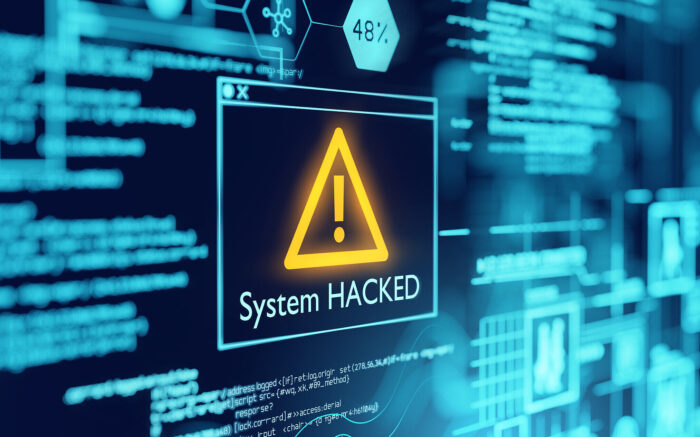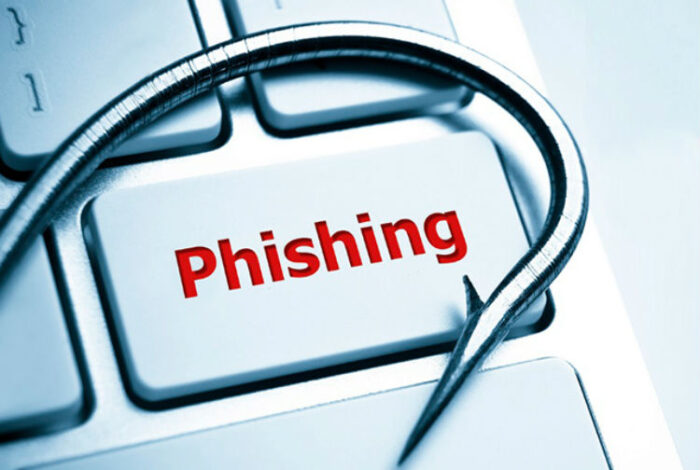
There are more than two thousand cyberattacks happening every day, which means there are almost two happening every single minute. Some of these attacks are relatively harmless, and they are not a huge threat to you or your files, but some are made to do as much damage as possible. When this happens, passwords and files may be stolen, they can become unexpectedly encrypted and they may even get deleted from your database.
When we think of all these things, we tend to believe that they just happen in our place of business, but more often than not, someone inside the company is the reason why your security is breached. Keep on reading to find out of your organization’s employees are a threat to its cybersecurity, and what you can do to prevent these things.
Are they a threat?

The short answer to this question is yes, unfortunately, your employees are probably the biggest threat to your organization’s cybersecurity and they may be leaking important documents and information by accident.
One of the most common threats is social engineering, and this is a process where scammers try to manipulate people into sharing details about their job, their passwords, or anything similar that could allow the scammer to breach the security walls.
The scammers use advanced manipulative techniques and they can get any person to share information without even realizing what they are doing. More often than not, our workers are not aware of what is happening until it is too late, and they end up becoming victims. Continue reading to find out why this is happening and what you can do to protect your organization.
Why is this happening?

Now let’s see why is this happening and if these things are happening on purpose, or if they are just mistakes. When we hear that our employees are our biggest threats, the first thing that comes to our minds is that they are sharing information that they should not and that they are damaging our brand on purpose. The reality is extremely different, and more often than not, our workers are not even aware of the things they are doing.
As you already know, today’s spam and scam come in a very nice package, and we cannot see right away the difference between a harmful email and a reliable one. When our team comes across a message that contains a link, they usually click on it without verifying the sender. This easily leads to security breaches, and our brand is exposed to people who are trying to harm us.
The biggest problem comes from the lack of knowledge and awareness, and our team falls victim to phishing attacks when they open random links or when they use the browser in the wrong way. When there is no limit to what they can use and open on the browser, and when files can get automatically downloaded, this leads to a lot of cybersecurity attacks.

Your employees may be sharing information and documents without them even being aware, and unfortunately, today’s attacks are so advanced that just by clicking one wrong link, you can give full access to someone on the other side of the screen.
Even when this does not happen, there are other things that attackers can do to penetrate your defense and access your files and data. Our employees don’t change their passwords regularly, and they tend to use one password for every single thing. More often than not, these codes are a combination of their kids’ or pets’ names or birthdays, or they contain the initials of the spouses. These passwords are extremely easy to breach, and attackers can easily access all the documents they need just by knowing basic information about your workers.
The good news in this is that there are a lot of things you can do to prevent these problems, and Cytelligence suggests that you should stary by doing security audits that can help you determine potential threats, see if anyone is leaking information on purpose or by accident, and monitor everything that is happening in the office.
How to protect yourself?

All of these things beg the question – how do we protect our organization and what can we do to make sure that we don’t end up being victims of cyberattacks. The number one thing that you can do, as we previously mentioned is constant audits. With these things, you will know what is happening in your business, if there are any threats, and if there is something that you need to improve. By being on top of the potential problems, you will also be able to prevent them or react right away before there is any serious damage.
The next thing you can opt for is training. You need to properly train your workers on what they should expect and how the threats and attacks can happen. You should implement courses as well as sessions where they could see how these things are done, and how harmless they can look. Start by teaching them more about social engineering and help them see the differences between harmful emails and messages, and normal ones.

Nevertheless, sometimes no matter what we do, our employees can make an unfortunate mistake that can even come as a pop-up or opening a page that is not secured. Because of this, you should limit the access when it comes to browsing and you should restrain certain pages from opening. Even though this may sound excessive, in the long run, it will greatly help your brand as well as your employees.
Don’t forget to implement mandatory password reset, and teach your team that they should never use passwords that can be associated with their private or professional lives. Try to help them understand how they can create strong passwords, and help them remember them. If needed, utilize generators that will give random passcodes that are long and secure enough.
All of these things will make a huge difference, and know that if you don’t implement the right techniques to protect your organization you risk losing customers, profits, and you may even be forced to end your business. Always lead by example, be there for your team, help them understand the risks, and do your part by implementing the right techniques to keep your organization safe. Collaborate with professionals and hire a service that will help you do everything you can to prevent cyberattacks.








